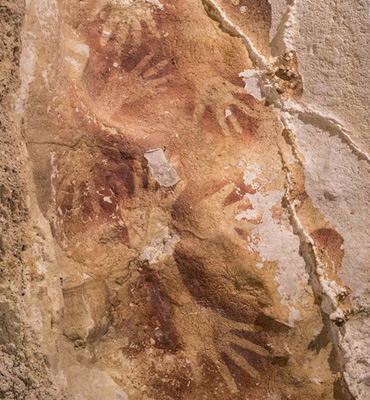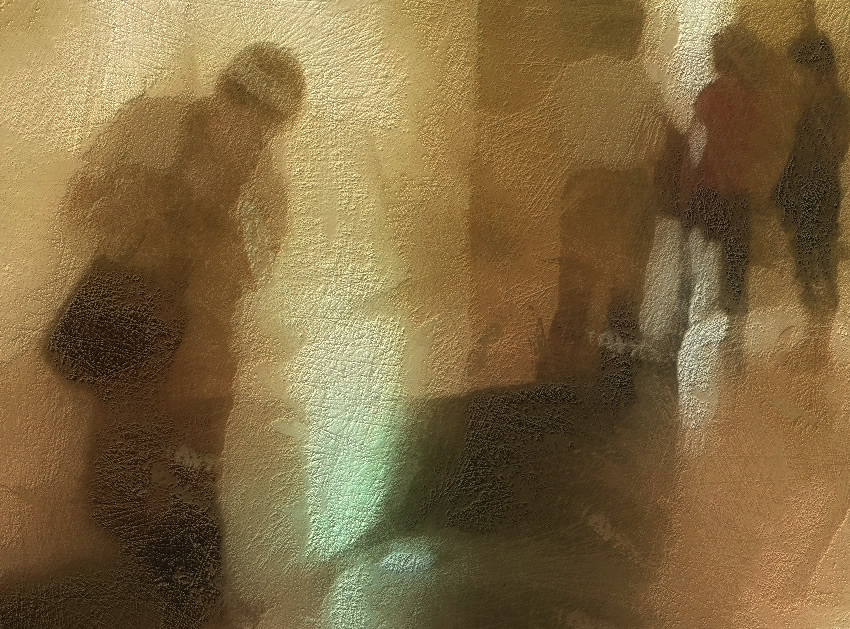Art is human expression and is of primary importance within all human cultural settings.
Art often conveys ideas: sometimes trivial, sometimes revolutionary.
Art provides ritualistic and symbolic functions that may not have any specific practical purpose, but often serve to nurture, consolidate and develop culture.
Around 540,000 years ago, an ancient ancestor of modern humans carved an engraving on a mollusk shell using a shark tooth.

Art was been made by humans over 44,000 years ago. The beautiful and rich Sulawesi cave paintings of Indonesia show humans, animals, and what appear to be symbolic representations of human-like creatures. Ancient art from 35,000 years ago can be found across the globe, from the “cupules” (cup-marks) of central Australia, to the Upper Palaeolithic figurine of a woman hewn from the ivory of a mammoth tusk found near Schelklingen, Germany.
As we developed more complex ways of thinking, we were driven to make and leave something of ourselves. Art is profoundly important in the development of our species and will play a significant role in its future prospects.
One of art's most powerful qualities is its ability to cross boundaries. When we gaze at a cave painting like the one presented here we cannot help but reflect on the similarity of our own hand to those of our distant ancestors. Whether a painting in a cave, or on the wall of a gallery in New York, our potential to respond is identical.


